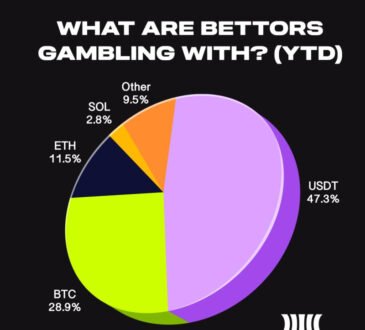What’s going on here?
Latin American currencies are feeling the squeeze as the US dollar strengthens, boosted by solid US retail sales and upcoming trade policy changes.
What does this mean?
The robust growth in the US economy is emboldening the dollar, impacting Latin American currencies. The Mexican peso slipped below 20 per dollar, while the Brazilian real declined for the third consecutive session. Similarly, the Chilean peso dropped 1.5% ahead of key monetary decisions, with the Colombian peso also weakening. Analysts are concerned about potential trade tariffs from former President Trump on Mexico, which could pose further hurdles for emerging markets. Meanwhile, China’s efforts to bolster its housing market haven’t eased global growth concerns. Additionally, Turkey signaled a hawkish stance by holding interest rates steady due to inflation concerns, indicating postponed monetary easing.
Why should I care?
For markets: Emerging economies feel the pressure.
The strong US dollar adds to the struggles of emerging markets like Latin America, where currencies are faltering. Investors may need to brace for more volatility, especially with markets nervously watching US economic policies and the potential for tariffs reminiscent of Donald Trump’s past actions. Such policies could have widespread implications, particularly if they affect trade relations.
The bigger picture: Shifts in global economic dynamics.
The rise of the US dollar strains international economies, exposing regional vulnerabilities. Brazil’s political landscape, with Bolsonaro eyeing a return, and Serbia’s pursuit of an investment grade by 2025, add to the intricate global economic outlook. These factors highlight the need to monitor geopolitical shifts and monetary policies that could shape future markets.





